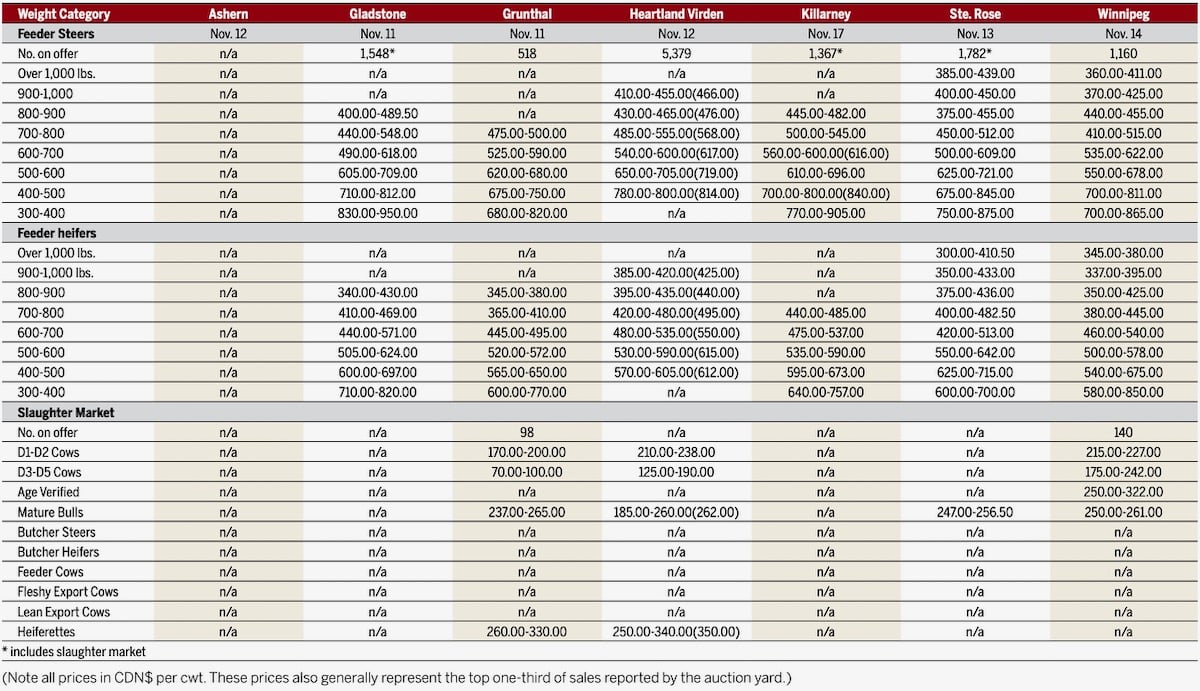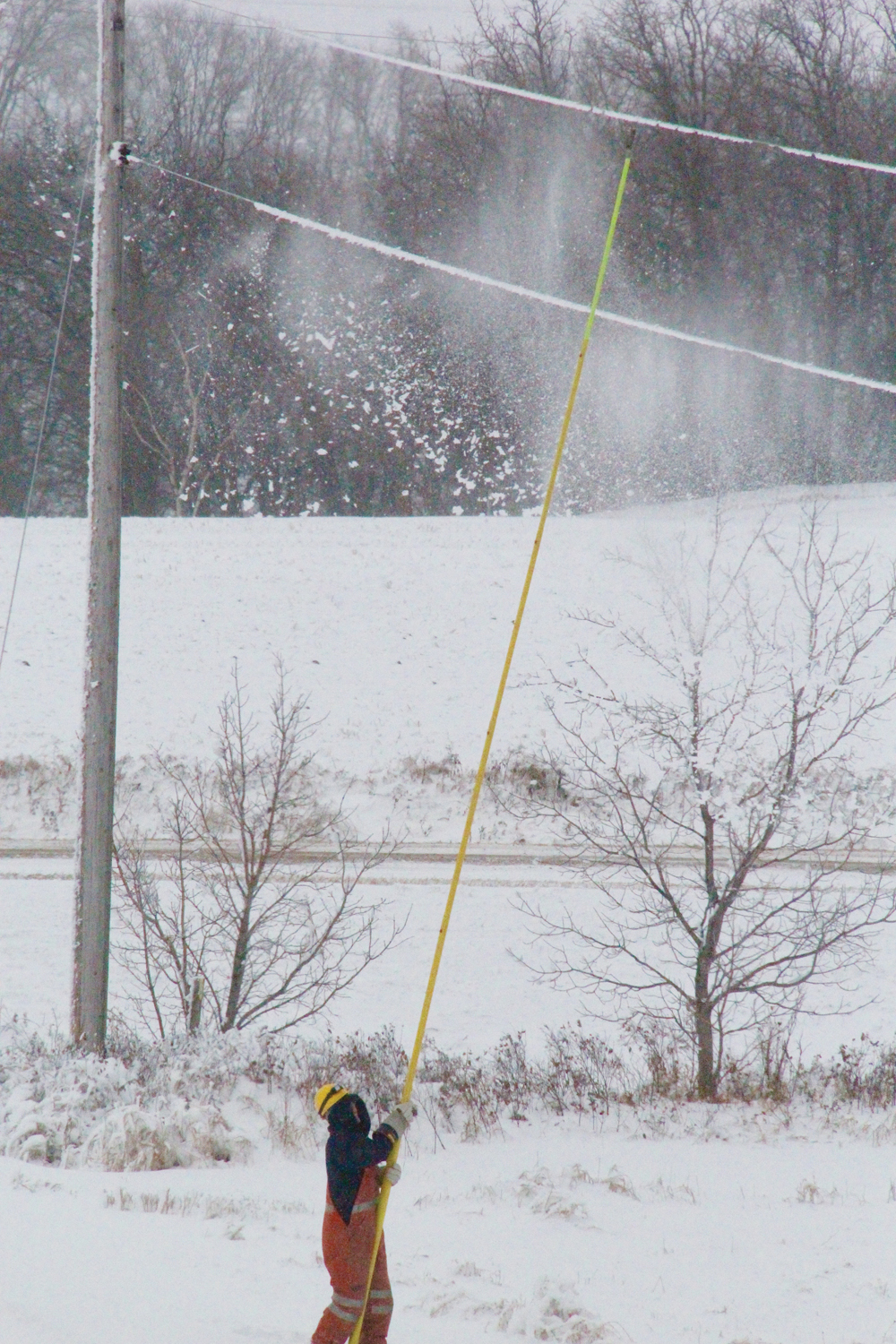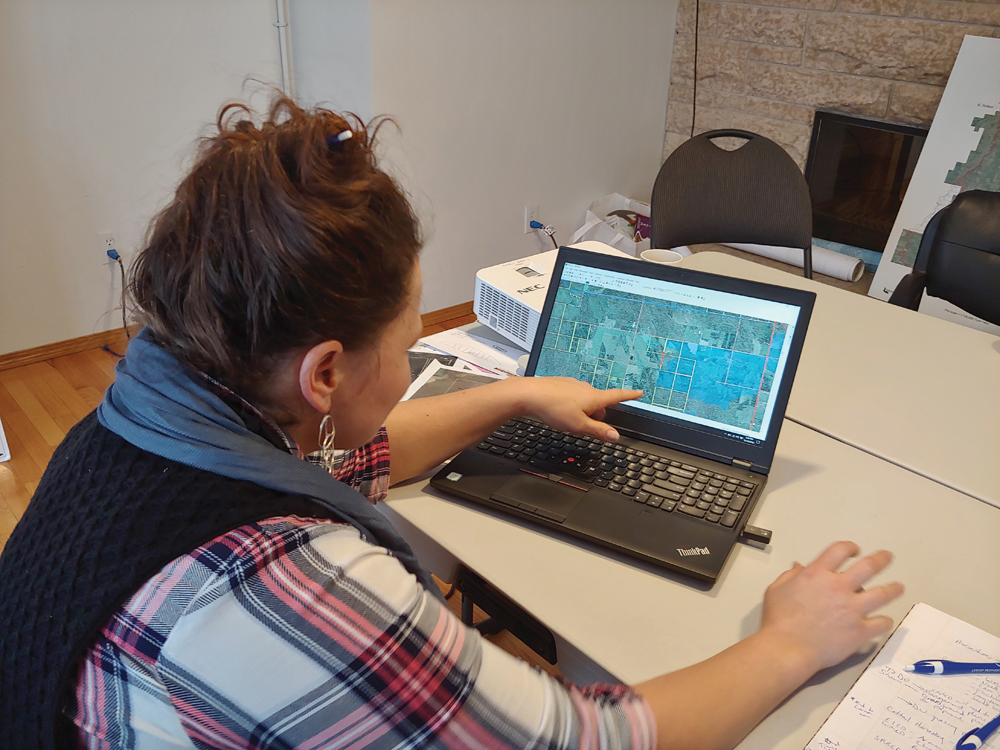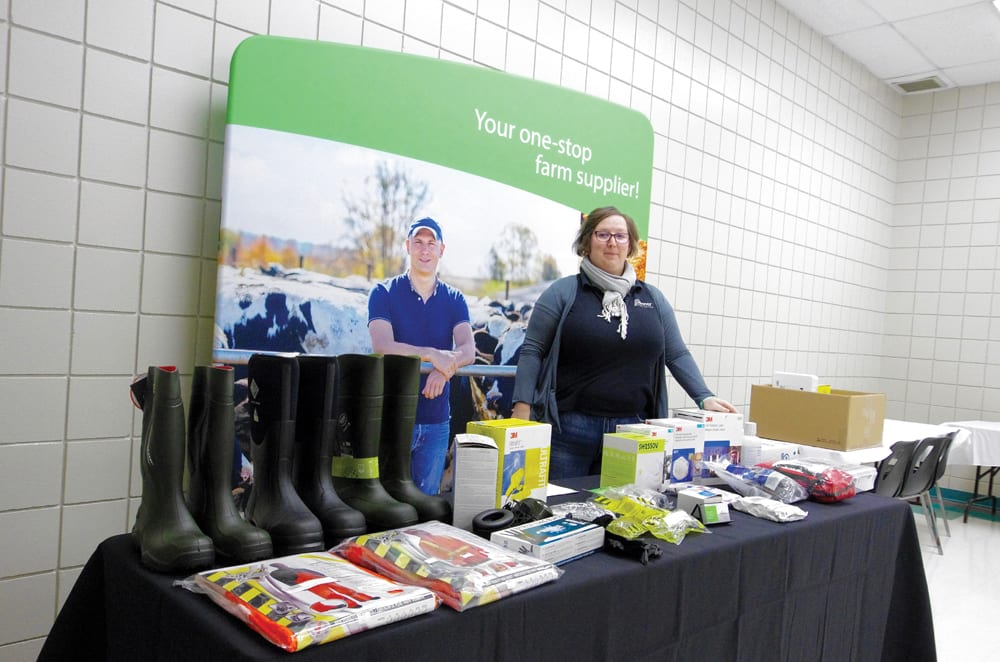Just as it takes a village to raise a child, it takes a community to prepare for disaster.
The Association of Manitoba Municipalities (AMM) and the Manitoba governments Emergency Measures Organization (EMO) want input from municipal leaders, emergency co-ordinators, rural businesses and ordinary citizens on how best to prepare for climate change in the face of a changing rural demographic.
At the same time as the risk of climate-induced emergencies appears to be rising, the population in rural Manitoba is becoming older and more culturally diverse, Lee Spencer, Manitoba’s assistant deputy minister emergency measures and protective services says.
Read Also

Manitoba cattle prices, Nov. 17
“The risk environment is changing,” Spencer said. “In the last five years alone, we have experienced more complex and diverse types of emergencies.”
Manitoba saw the worst flooding in 350 years on the Assiniboine River in 2011 after five major storms dumped record rain on already-saturated soils. Wildfires swept through eastern Manitoba in 2012; 2013 saw spring flooding, then fires in the northeast come June, and extreme cold brought on by a polar vortex in December.
There was flooding in the spring and summer in 2014, in fact, flash flooding many had never seen before on the flat Prairie landscape. In 2015, a tornado touched down in western Manitoba and hung around on the ground for an unprecedented two hours.
The impacts of a natural disaster can quickly escalate, affecting technology, infrastructure and the local economy for months, if not years to follow.
“The potential for natural disasters turning into technological disasters is also high because we rely on technology not just for our daily activities, but also for our survival during emergencies: heating our homes, relaying information and advisories to communities and transporting people to safer places,” he said. “We need to make sure our critical infrastructures such as power, water, communication and roads can also withstand extreme conditions.”
As well, new threats have emerged, such as cyber security, terrorism and chemical spills, he noted.
“Decreasing population in rural municipalities will mean fewer resources to support emergency management activities. This may hamper the ability of the municipality to maintain public infrastructures to its optimum state, which can both cause an emergency situation, such as a bridge collapse and delay emergency response,” he said.
As well, an older, more dispersed rural population may need more assistance during an emergency. “A culturally diverse population means emergency managers may have to attend to people who are not well versed in English, and are not well integrated in the community.”
They may not understand the risks and they may respond differently to emergency personnel due to language barriers and experiences in their past.
AMM and EMO are hoping a one-day seminar planned for Jan. 14 in Portage la Prairie called “Creating a Vision for a Resilient Future: Emergency Management in Manitoba 2020,” will help raise awareness of some of these issues and get people thinking about how best to address them.
“We know the “what.” It’s the “so what” that we want to address,” Spencer said. “So what if we will have warmer winters? What does it mean to us? How will that affect us and what can we do about it?”
The meeting is open to anyone but registration is limited to 200. For more information or to register go to: manitoba.ca/emo or amm.mb.ca.
















